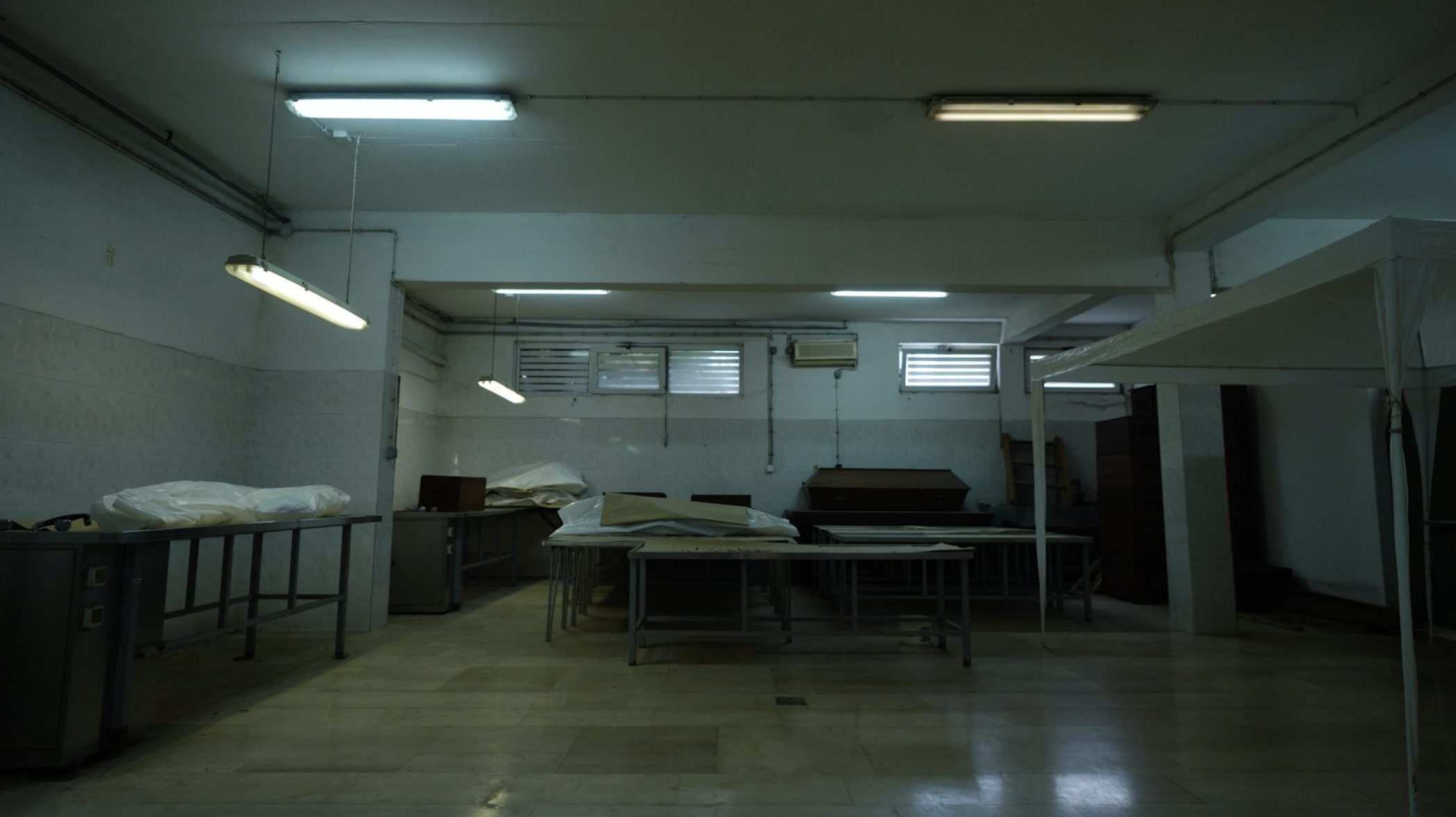This post is also available in: Bosnian
Zeljko Stanarevic, a former military police officer with the 15th Light Infantry Brigade of the Bosnian Serb Army, has been charged with participating in the persecution of Bosniak civilians as part of a widespread and systematic attack by the military and police on the villages of Ripac, Cukovi, Orasac, Klisa and Kulen-Vakuf in the municipality of Bihac.
He has also been charged with participating in the murder of 11 prisoners held in a facility in Ripac in June and July 1992. He and other Bosnian Serb Army members allegedly transported the prisoners to the Bezdan Pit, where they were executed and buried.
Military witness Hamza Visca testified at today’s hearing, at the request of the state prosecution. Visca said that upon analyzing military documents, he concluded that the Second Corps of the Bosnian Serb Army formed a tactical group, which was ordered to form a blockade around the area of Kulen-Vakuf and then search and sweep the area. They were also ordered to forcibly disarm the local population.
“In military terms, the planning of this operation was of good quality. An ultimatum was supposed to be given, telling people to surrender. If they failed to hand their weapons over, they were told the place would be attacked and armed groups would be neutralized,” Visca said.
He said the attack began on June 11, 1992, and was completed on the same day. He said non-Serbs were captured, including “ordinary citizens and extremists.”
“The plan was to keep the captives in that area as briefly as possible before they were transported to the Second Corps’ zone of responsibility. According to military rules, the captives should have either been handed over to civil bodies or sent home,” Visca said.
Responding to questions from the defense, Visca said the military police were a part of the tactical group. He said he didn’t refer to military police rules, because his analysis focused on the operation as a whole.
“Expert witness Visca’s findings are inexpert, incomplete and incorrect. He did not mention the military police although Stanarevic was a member of the military police,” defense attorney Milan Romanic said.
Semira Mesic, a pathologist involved with the exhumation of the Bezdan mass grave in Hrgar, was the second expert witness to testify at today’s hearing.
“A lot of garbage and bodies, which were half-dressed and scattered, were found in the grave. 83 bodies were found. 45 of them have been identified,” Mesic said, describing the mass grave.
During cross-examination, Mesic said she was unable to determine the cause of death for some of the bodies. She said those bodies were incomplete. She added that she didn’t know what kind of weapons Stanarevic carried.
“Fire arms or blows with a sharp object were the cause of death for most of them,” Mesic said.
The state prosecution presented 209 pieces of material evidence on the background of the widespread and systematic attack of non-Serbs in the area, the identification of bodies found in Bezdan pit, as well as lists of prisoners in the area.
The defense objected to relevance of most of the evidence presented by the state prosecution. Defense attorney Milan Romanic said the evidence didn’t have any relation to the defendant’s actions.
The trial will continue on November 23, when the first defense witnesses will be examined.



